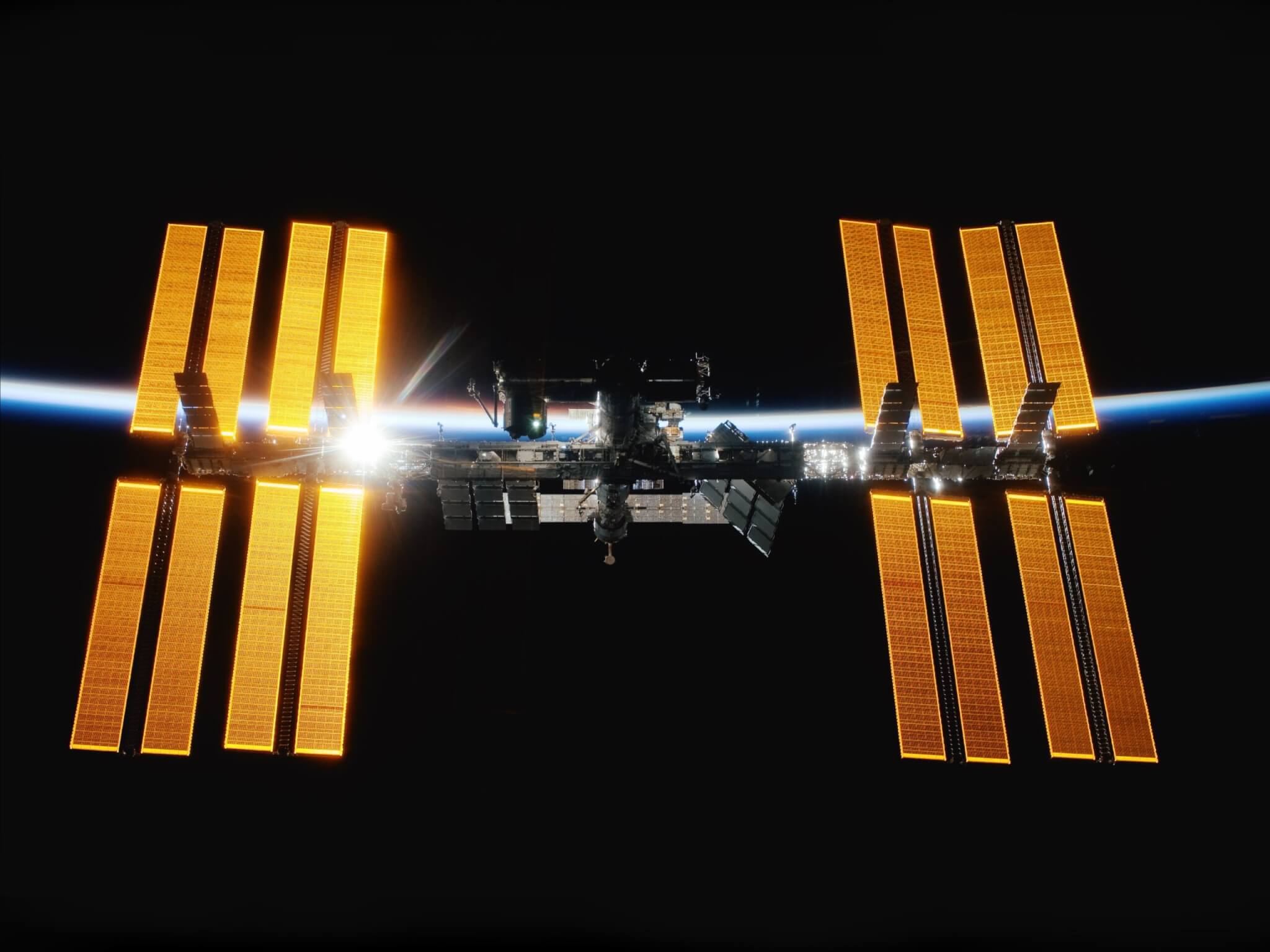
International Space Station (Source: NASA/Unsplash)
ORANGE, California — Archaeology has officially entered the space age. In a groundbreaking study, researchers have conducted the first archaeological survey of the International Space Station, shedding new light on how humans live and work without gravity.
The project, called the Sampling Quadrangle Assemblages Research Experiment (SQuARE), aimed to understand how astronauts use and adapt the spaces on the ISS, often in ways that deviate from the original intentions of space station planners. This innovative approach to studying life in space could have far-reaching implications for the design of future space habitats and long-duration missions.
Led by Justin Walsh of Chapman University, the research team analyzed two specific areas on the ISS over a 60-day period in early 2022. By examining the placement and movement of objects in these areas, the archaeologists were able to piece together a picture of how astronauts actually use these spaces in their daily lives.
One of the most remarkable findings, published in PLoS ONEwas that areas designed for specific purposes are often used quite differently in practice. For example, a workstation intended for equipment maintenance became primarily a storage area where tools and supplies often remained untouched for long periods of time. This highlights the importance of flexible, multi-purpose spaces in the design of future space habitats.


The study also revealed the ingenious ways astronauts deal with the challenges of microgravity. Lacking gravity to hold objects in place, crew members use various “gravity substitutes” – items such as clamps, bungee cords and Velcro that allow them to attach objects to walls and surfaces. These makeshift solutions made up a significant portion of the objects observed in the study areas, highlighting their crucial role in daily life aboard the ISS.
Another interesting discovery was how astronauts reconfigure spaces for personal use. In an area near exercise equipment and the station’s bathroom, researchers discovered a toilet kit that had been lying around for nearly two months. This improvised personal care station suggests that current space station designs may not adequately accommodate crew privacy and personal hygiene needs.
These findings have important implications for future space exploration. As humanity plans long-term missions to the Moon and Mars, it is crucial to understand how to design habitats that truly meet the needs of space travelers. The SQuARE project shows that archaeological methods can provide valuable insights beyond what can be learned from interviews or predetermined metrics.
In addition, this research opens up an entirely new field of study: space archaeology. Just as terrestrial archaeology helps us understand how ancient peoples lived and adapted to their environments, space archaeology can shed light on how humans adapt to the unique challenges of extraterrestrial habitats. This could prove invaluable as we continue to push the boundaries of human space exploration.


“The experiment is the first archaeological investigation ever conducted outside planet Earth. By applying a very traditional method of sampling a site in a completely new archaeological context, we show how the ISS crew uses different areas of the space station in ways that deviate from the designs and mission plans. Architects and planners of future space stations can gain valuable insights from this work,” the researchers wrote in a press release.
The SQuARE project represents an important milestone in our understanding of life in space. By using archaeological methods on the ISS, researchers have gained new insights into how humans adapt to and shape their microgravity environment. Looking to the future of space exploration, these insights could help design more effective and livable space habitats, paving the way for a long-term human presence beyond Earth.
Summary of the paper
methodology
The researchers chose six locations on the ISS and asked astronauts to photograph these areas daily for 60 days. For this first study, they focused on two of these areas: a maintenance workstation and an area near exercise equipment and the bathroom. Using special software, they identified and categorized every visible object in each photo and tracked how the items moved or changed over time. This allowed them to build a detailed picture of how these areas were used in everyday life, similar to how terrestrial archaeologists examine soil layers to understand how ancient sites were used over time.
Key findings
The study found that the maintenance workstation was used for storage rather than actual maintenance work. Many tools remained untouched throughout the study period. Personal care items were frequently present in the exercise equipment area, suggesting that this space was frequently used for personal care, even though it was not designed for that purpose. Both areas were abundant with items used to secure objects in microgravity (such as Velcro and bungee cords), highlighting their importance in daily life on the ISS.
Limitations of the study
The study examined only two areas of the ISS for a limited period of time and therefore may not represent all aspects of life on the station. The researchers also did not have access to detailed crew schedules that could have provided additional context for the activities observed. In addition, the presence of the study itself may have influenced crew behavior in the areas photographed.
Discussion & Insights
The researchers concluded that flexibility is key to space habitat design. Areas are often used differently than intended, so multi-purpose spaces could be more effective. They also highlighted the need for better personal care facilities and storage solutions in future space habitats. The study demonstrated the value of archaeological methods in understanding life in space and potentially opens up a new field of space archaeology.
Financing and Disclosures
The study was funded by Chapman University’s Office of Research and Sponsored Programs. The International Space Station National Laboratory provided access to the ISS and crew time. The researchers stated that there were no conflicting interests. The study was conducted in collaboration with NASA and international space agencies, with Axiom Space serving as the implementing partner for the research.

